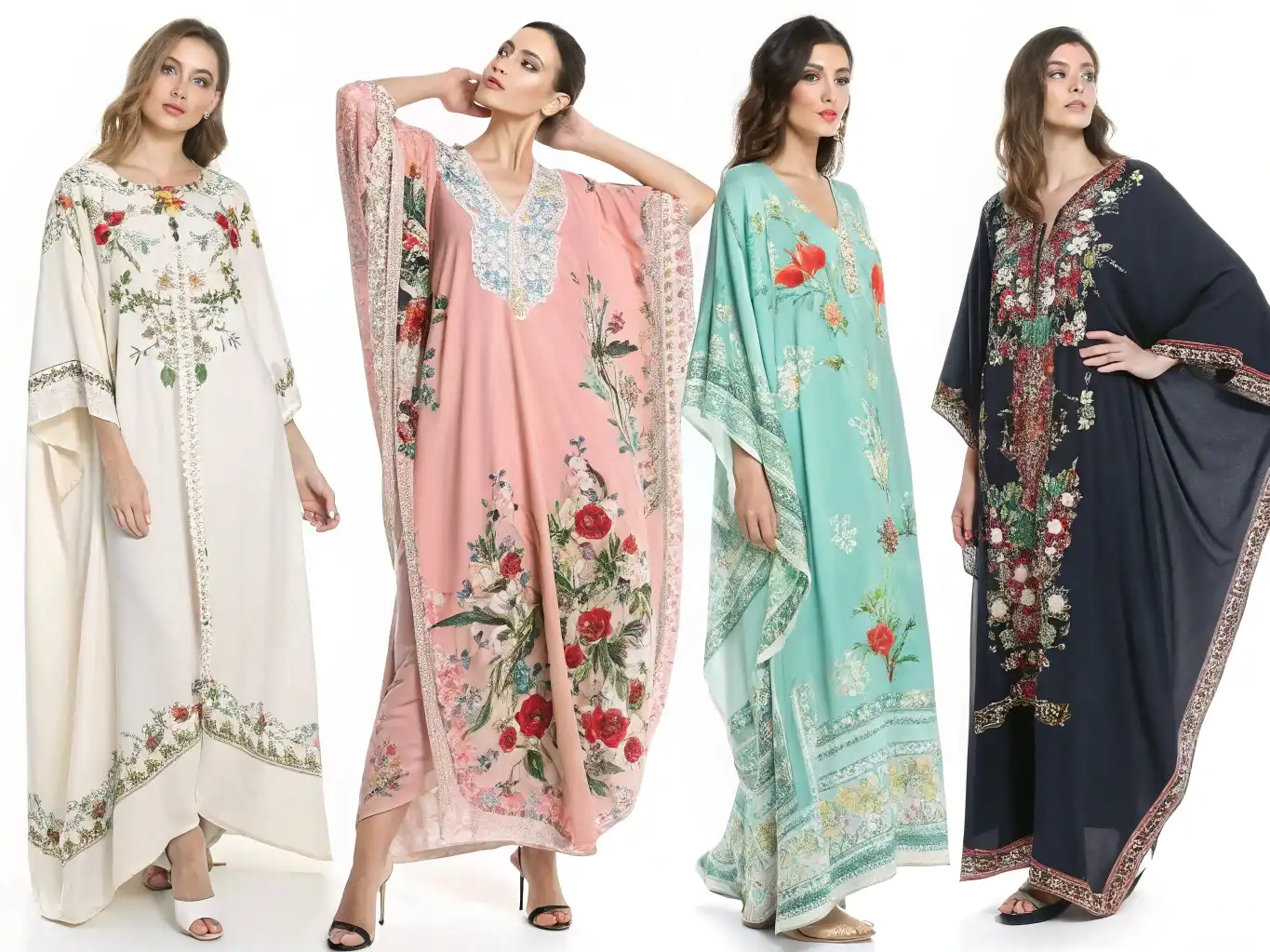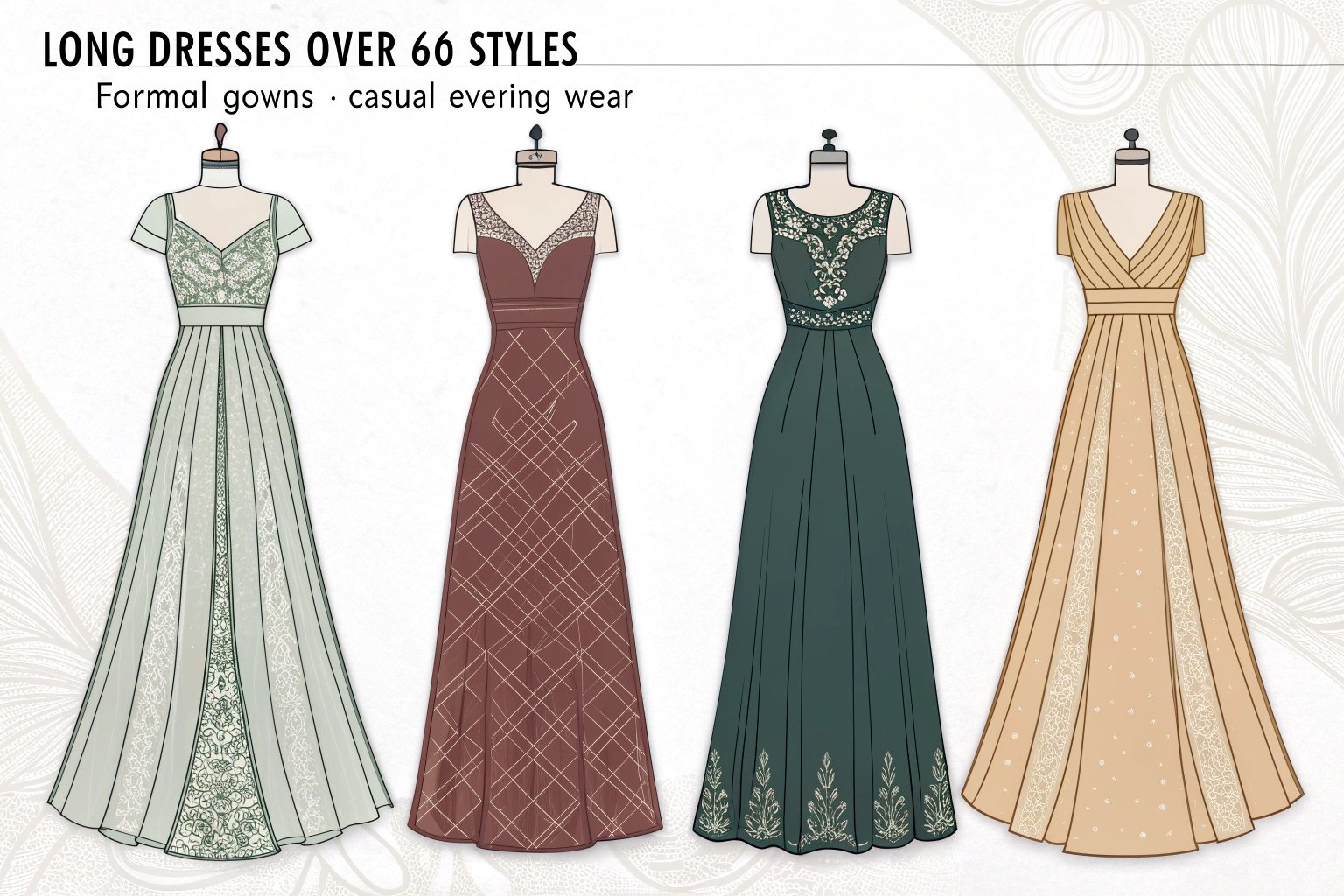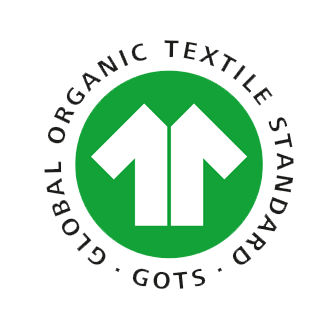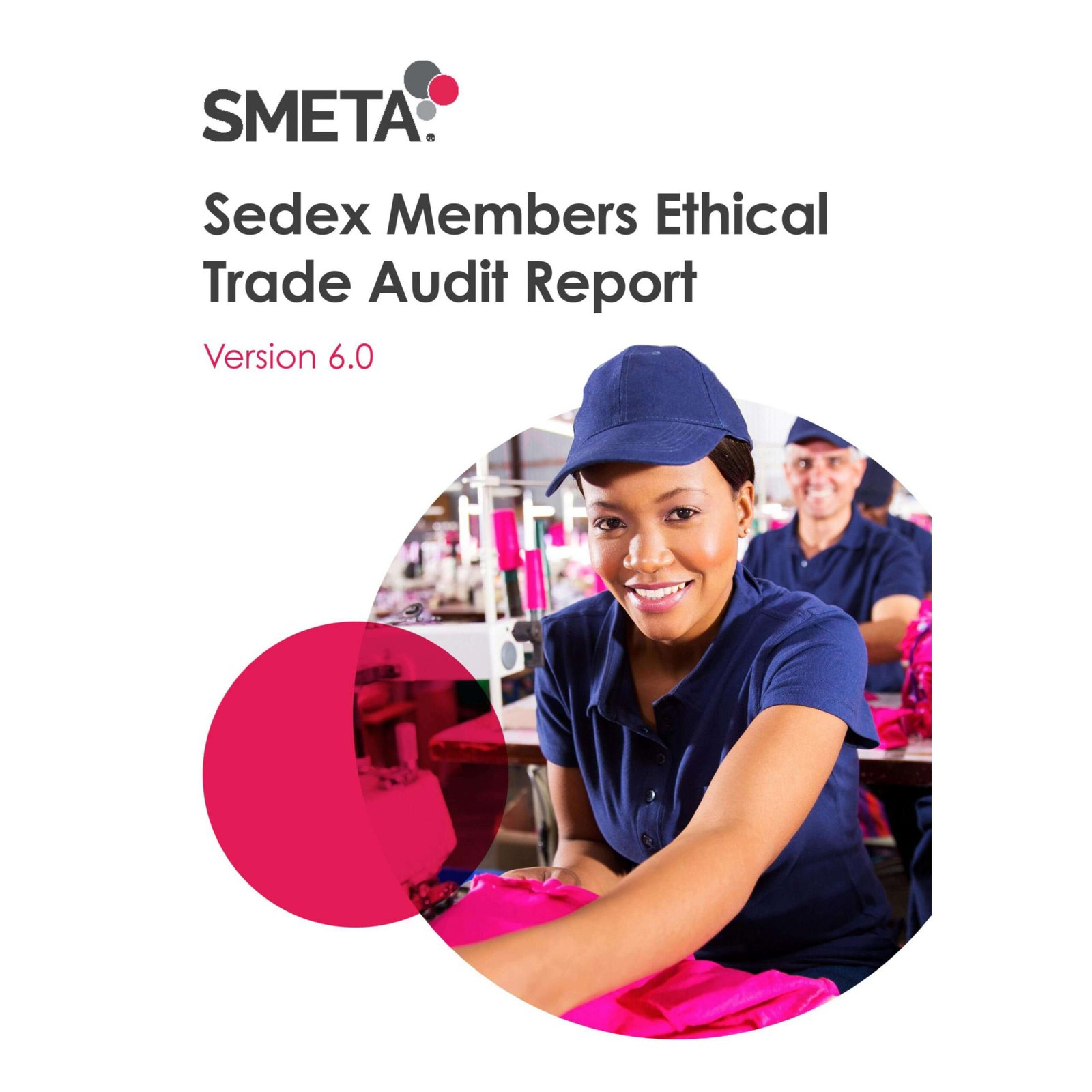The clothing industry in the U.S. has been heavily influenced by global manufacturing trends. Over the past few decades, most of the clothing Americans purchase has been produced overseas. However, as the market evolves, U.S. manufacturers are beginning to reclaim some of that market share. This article explores where U.S. clothing is currently manufactured, how global supply chains have influenced these trends, and what the future of U.S. clothing manufacturing looks like.
The global supply chain1 has reshaped the U.S. clothing market, with most of the products being sourced from overseas. Yet, emerging trends indicate a resurgence in U.S.-based manufacturing driven by consumer demand for quality, sustainability, and shorter lead times.
Let’s dive into where U.S. clothing is manufactured, the challenges and benefits of domestic production, and future trends.
How Has the Global Supply Chain Affected Clothing Manufacturing for the U.S. Market?
The global supply chain has profoundly impacted where American clothing is produced. Over the past several decades, the vast majority of U.S. clothing has been sourced from overseas due to cost and efficiency. However, this has also led to greater reliance on international trade, with both positive and negative consequences for U.S. manufacturers.
The rise of overseas manufacturing2, particularly in countries with lower labor costs, has shifted the production focus away from U.S. manufacturers. Yet, recent trends in sustainability and shifting global dynamics are prompting a reevaluation of the supply chain model.
 Fashion designer reviewing designs in the studio.
Fashion designer reviewing designs in the studio.
The key factors influencing U.S. clothing manufacturing today:
| Factor | Description | Impact on U.S. Market |
|---|---|---|
| Cost of Labor | Overseas labor is often much cheaper than domestic labor | Drives companies to outsource production to reduce costs. |
| Technological Advancements | Automation in overseas factories helps reduce production costs | Competing with global markets on cost, speed, and efficiency becomes more difficult for U.S. manufacturers. |
| Trade Policies and Tariffs | Import tariffs and international trade agreements affect sourcing | Changes in trade policies can encourage or discourage overseas production. |
Why Do Most Clothing Brands Source Their Products from Overseas?
The primary reason most clothing brands choose to source from overseas is cost. Countries like China, Bangladesh, and Vietnam offer low labor costs, which translates to cheaper manufacturing expenses for U.S. companies.
Overseas manufacturers allow U.S. companies to produce clothing at a lower cost, which, in turn, helps keep retail prices competitive. However, this model often comes at the expense of U.S. jobs and manufacturing capabilities.
| Key Reason | Description | Why Brands Choose It |
|---|---|---|
| Lower Labor Costs | Labor in countries like China and Bangladesh is significantly cheaper | Reduces overall production costs, making products more affordable. |
| Scalability and Speed | Overseas factories can handle large-scale orders quickly | Fast production cycles and high-output manufacturing meet market demand. |
| Access to Global Markets | Overseas manufacturing is often closer to key textile-producing countries | Reduces shipping times for raw materials and finished goods. |
How Has Globalization Impacted the Role of United States Clothing Manufacturers?
Globalization has had a dramatic impact on U.S. clothing manufacturing by encouraging companies to shift production overseas.
Globalization opened the door for brands to reduce production costs by sourcing from countries with cheaper labor and materials. However, this has also meant that U.S. manufacturers have struggled to compete on price.
| Globalization Impact | Description | Impact on U.S. Manufacturers |
|---|---|---|
| Outsourcing Production | Manufacturers moved to countries with low labor costs | U.S. manufacturers faced declining domestic production3. |
| Global Supply Chains | Raw materials and finished goods moved across borders | Increased dependence on overseas supply chains left U.S. factories with fewer jobs. |
| Changing Trade Policies | Tariffs and trade agreements have shifted sourcing strategies | Uncertainty in trade policies forces manufacturers to reevaluate sourcing options. |
What Countries Dominate Clothing Manufacturing for the U.S.?
While the U.S. has seen some of its clothing manufacturing return in recent years, the majority of garments sold in the U.S. still come from overseas. The leading countries in clothing production for the U.S. include China, Vietnam, and Bangladesh.
These countries dominate due to their low labor costs, established textile industries, and the ability to handle large-scale orders for major retailers.
Here’s a breakdown of the countries that dominate clothing manufacturing for the U.S.:
| Country | Share of U.S. Clothing Imports | Reasons for Dominance |
|---|---|---|
| China | 23% of all U.S. clothing imports | Huge textile production capacity, cheap labor, and efficient supply chain. |
| Vietnam | 15% of U.S. clothing imports | Low labor costs, strong manufacturing expertise, and proximity to China. |
| Bangladesh | 6% of U.S. clothing imports | Low labor costs, extensive garment production infrastructure, and favorable trade agreements. |
How Much of U.S. Clothing Comes from China, Vietnam, and Bangladesh?
The vast majority of clothing Americans purchase is manufactured in countries like China, Vietnam, and Bangladesh due to their cost advantages and well-established textile industries.
China continues to be the largest supplier of clothing to the U.S., but Vietnam and Bangladesh are quickly growing in importance.
| Country | Percentage of U.S. Clothing Imports | Key Products Manufactured |
|---|---|---|
| China | 23% | Mass-market apparel, including basic clothing and accessories. |
| Vietnam | 15% | Activewear, sportswear, and casual clothing. |
| Bangladesh | 6% | Ready-to-wear, fast fashion, and textiles. |
Are There Any Emerging Countries Competing in Clothing Manufacturing for the U.S.?
In recent years, several countries have emerged as competitors to China, Vietnam, and Bangladesh in the clothing manufacturing space.
Countries like India, Cambodia, and Mexico are gaining traction as manufacturers for U.S. clothing brands due to favorable labor conditions, trade agreements, and proximity to the U.S. market.
| Emerging Country | Description | Reasons for Growth |
|---|---|---|
| India | Expanding garment production capacity4 | Competitive labor costs, large textile industry. |
| Cambodia | Increasing textile production, particularly for fast fashion | Low wages and access to raw materials. |
| Mexico | Benefiting from proximity to the U.S. market | Trade agreements like USMCA reduce tariffs and shipping times. |

How Much Clothing Is Still Manufactured in the United States?
Despite the dominance of overseas production, there has been a slow but steady resurgence in U.S.-based clothing manufacturing.
Although still a small percentage of the total, domestic manufacturing is growing, driven by consumer demand for locally made products and faster production cycles.
The current state of U.S. clothing manufacturing:
| Percentage of U.S. Clothing Manufactured Domestically | Description | Trends Driving Resurgence |
|---|---|---|
| 2-3% | A small but growing percentage of U.S. clothing is made domestically | Rising interest in “Made in the USA” products, faster shipping, and sustainability. |
What Percentage of Clothing Sold in the U.S. Is Made Domestically?
As of recent estimates, only about 2-3% of clothing sold in the U.S. is made domestically.
While the U.S. market still relies heavily on international imports, there is a slow movement towards bringing more manufacturing back home due to consumer demand for ethical sourcing and shorter lead times.
Are There Any U.S.-Based Clothing Manufacturers That Are Gaining Popularity?
In recent years, some U.S.-based clothing manufacturers have gained popularity, particularly those focused on sustainability, quality, and ethical production practices.
Brands such as American Apparel, All American Clothing, and Detroit Denim are capitalizing on the “Made in USA” movement, attracting consumers who prioritize local production and ethical business practices.
| Brand | Description | Why It’s Gaining Popularity |
|---|---|---|
| American Apparel | Known for their focus on quality, ethical labor, and domestically made clothing | Growing demand for sustainable, locally sourced products. |
| All American Clothing | Provides 100% USA-made clothing | Capitalizes on the trend of local manufacturing and sustainability. |
| Detroit Denim | Focuses on high-quality denim made in the U.S. | Appeals to consumers looking for premium, locally crafted products. |
What Are the Benefits and Challenges of Using United States Clothing Manufacturers?
Manufacturing in the U.S. presents both significant advantages and challenges for clothing brands.
While the benefits include shorter lead times and higher-quality products, U.S. manufacturing also comes with its own set of challenges, including higher labor costs and less manufacturing capacity compared to overseas countries.
Here are the benefits and challenges of U.S.-based clothing manufacturing:
| Benefit | Description | Challenge |
|---|---|---|
| Shorter Lead Times | U.S.-based manufacturers allow for quicker turnaround and reduced shipping time | Higher labor and production costs compared to overseas options. |
| Higher Quality Control | Manufacturers in the U.S. often maintain stricter quality standards and smaller production runs | Limited capacity for large-scale production runs. |
| Support for Local Economies | Keeping manufacturing domestic boosts U.S. jobs and supports local economies5 | Limited raw material sourcing can increase costs. |
How Does Domestic Production Impact Lead Times and Shipping Costs?
One of the key benefits of U.S.-based manufacturing is faster lead times and lower shipping costs.
When products are made within the U.S., the shipping times to retailers and consumers are shorter, which helps meet the demand for quick deliveries.
What Are the Advantages of Supporting U.S. Clothing Manufacturers in Terms of Quality and Sustainability?
Consumers are increasingly interested in sustainability and ethical production practices. Supporting U.S. manufacturers ensures higher quality and adherence to stricter labor laws.
Manufacturers in the U.S. are often more transparent about their supply chains and have higher environmental and labor standards than those overseas.
What Are the Future Trends for U.S. Clothing Manufacturing?
The future of U.S. clothing manufacturing is evolving, with growing trends towards sustainability, local production, and technological advancements6 in the industry.
Emerging trends suggest that U.S.-based manufacturers may regain a larger share of the market in response to consumer demand for transparency, sustainability, and shorter supply chains.
Trends influencing U.S. clothing manufacturing:
| Trend | Description | Future Outlook |
|---|---|---|
| Resurgence of Domestic Production | The “Made in USA” movement is gaining momentum | More brands will likely embrace U.S.-based production to appeal to ethical consumers. |
| Technological Innovation | Increased use of automation and 3D knitting technologies | Helps reduce labor costs and improve production speed while maintaining high quality. |
| Sustainability Focus | Brands are increasingly prioritizing sustainability in production | Consumers are pushing for greener practices, leading to greater adoption of sustainable production. |
How Are U.S. Manufacturers Adapting to Compete with Overseas Production?
To remain competitive, U.S. manufacturers are adopting new technologies and practices, such as automation and sustainable sourcing, to reduce production costs and increase efficiency.
By embracing innovation, U.S. manufacturers can offer higher-quality products with faster turnarounds, giving them an edge in a competitive global market.

Is There a Growing Trend Towards "Made in USA" Clothing Among Consumers?
There is a growing trend toward "Made in USA" clothing driven by consumer desire for high-quality, ethically produced garments and support for local economies.
Consumers, especially Millennials and Gen Z, are increasingly willing to pay a premium for products that are domestically made, sustainably produced, and transparent about their sourcing practices.
Conclusion
While the majority of clothing purchased in the U.S. is still manufactured overseas, there are growing trends that suggest a shift toward more domestic production. With advancements in technology and increasing consumer demand for sustainability and transparency, U.S. manufacturers are adapting to remain competitive. Whether you’re a consumer looking for locally made products or a brand considering manufacturing options, understanding these trends will help guide your decisions moving forward.
-
Understanding the global supply chain is crucial for grasping its impact on clothing production and market dynamics. ↩
-
Understand the reasons behind the preference for overseas manufacturing and its impact on the U.S. market. ↩
-
Explore the advantages of domestic production, including quality control and economic support. ↩
-
Understand the challenges of production capacity in the context of U.S. clothing manufacturing. ↩
-
Understand the economic benefits of supporting local clothing manufacturers. ↩
-
Explore how technology is transforming the clothing manufacturing landscape and improving efficiency. ↩









